Identifying valve types in industrial piping and instrumentation diagrams (P&IDs) is essential for engineers, technicians, and maintenance personnel. This guide will help you quickly recognize common valve types using standard symbols.
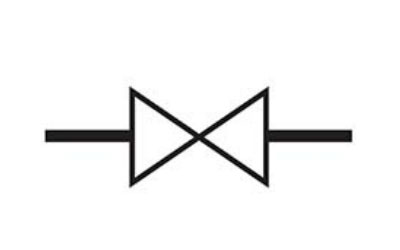
Identification: Rectangle with a horizontal line or wedge inside
Key Features:
Used for on/off control (not for throttling)
Provides minimal flow restriction when fully open
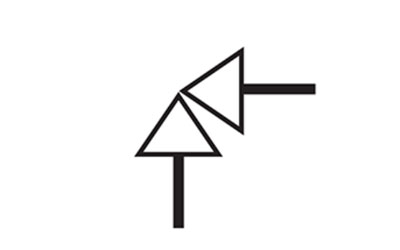
Identification: Circle with a horizontal line through the center
Key Features:
Designed for flow regulation (throttling)
Creates higher pressure drop than gate valves
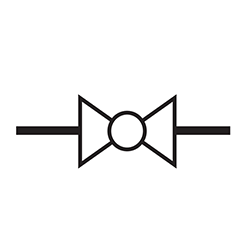
Identification: Circle with a perpendicular line or smaller circle inside
Key Features:
Provides quick shut-off capability
Quarter-turn operation (90° rotation)
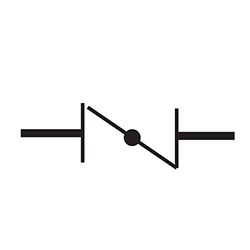
Identification: Circle with a diagonal line through it
Key Features:
Used in large-diameter pipes
Compact design with quick operation
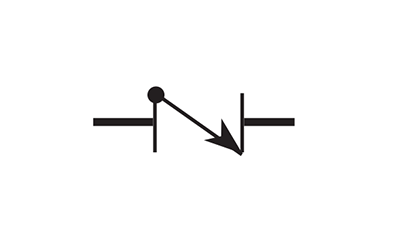
Identification: Arrow indicating flow direction with perpendicular line
Key Features:
Allows flow in one direction only
Prevents backflow automatically
Understanding valve states and actuators helps interpret their operation:
Normally Open (NO): Valve is open when not actuated
Normally Closed (NC): Valve is closed when not actuated
Bistable: Maintains position during power loss
Valve States
|
Symbol Type |
Description |
|
|
Normally Open (default allows flow) |
|
|
Normally Closed (default blocks flow) |
|
Bistable |
Retains position during power loss |
|
Actuator |
Symbol |
Usage |
|
Manual |
|
Handwheel/lever operation |
|
Pneumatic |
|
Compressed air control |
|
Electric |
|
Automated remote operation |
Check the legend: Always refer to the diagram's legend for symbol clarification
Follow the flow: Arrow indicators show flow direction
Note actuator type: This determines how the valve is operated
Look for position indicators: Letters "NO" or "NC" indicate normal state
Mastering valve symbol recognition in industrial diagrams involves:
Learning the basic shapes for common valve types
Understanding valve states (NO, NC, bistable)
Recognizing actuator symbols
Consulting the diagram legend when unsure
This knowledge enables engineers to quickly interpret piping systems, enhancing safety, operational efficiency, and maintenance procedures. The standardized symbols allow consistent communication across global engineering,Aohoy has 10 years of experience in professional production of sanitary valves, pumps and pipe fittings. If you have more questions, please feel free to contact us.